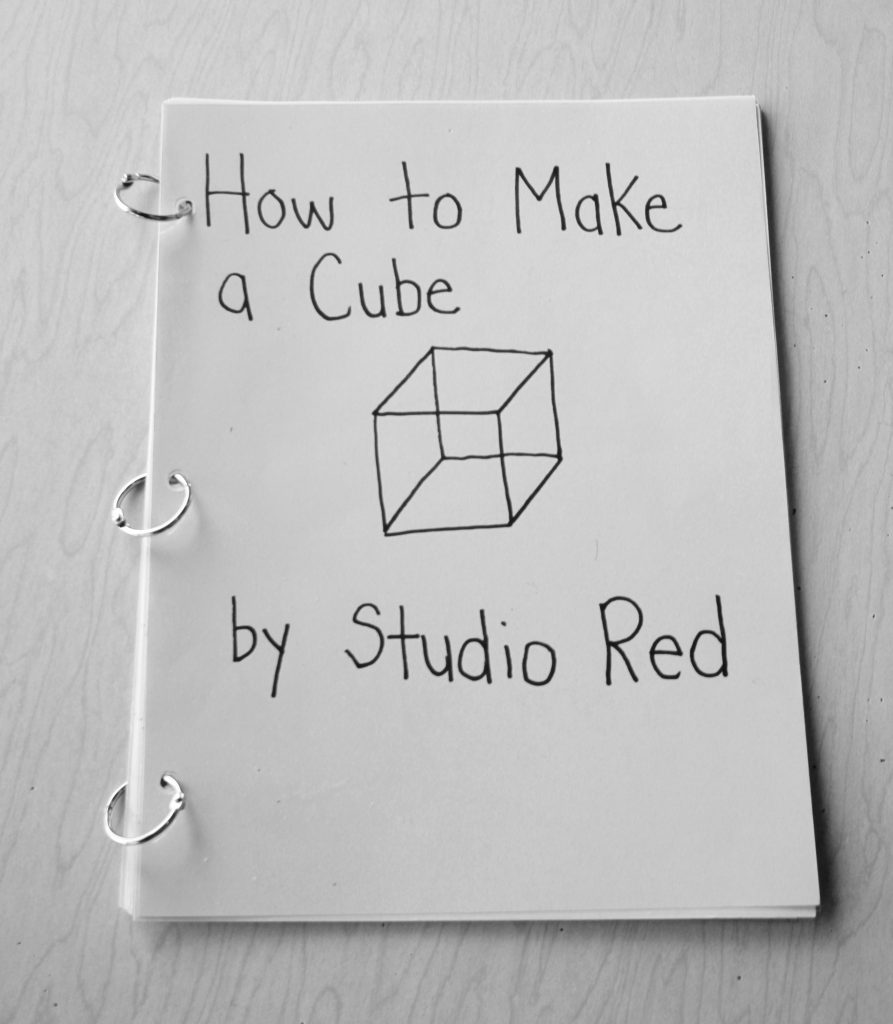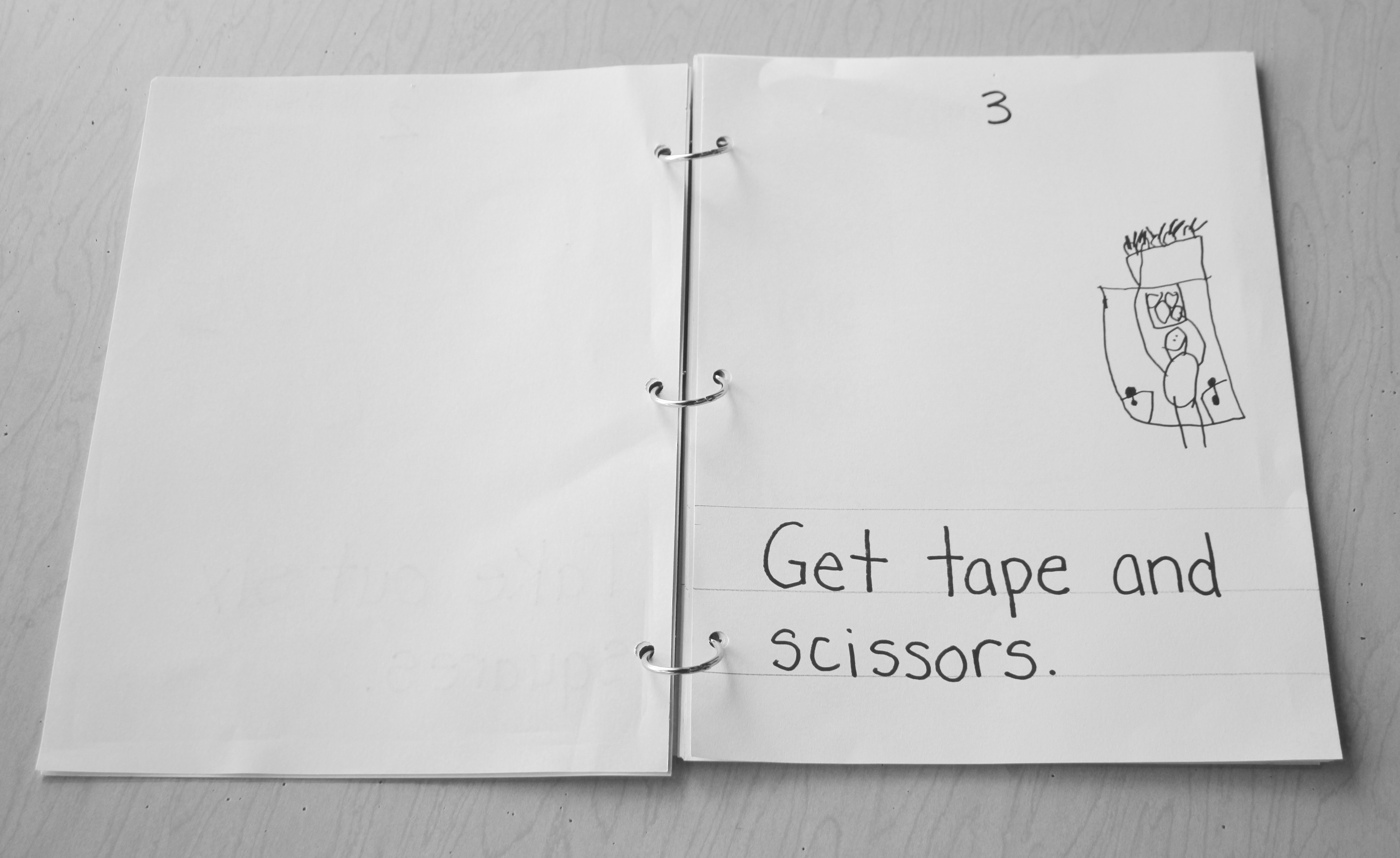Studio Red has been creating voluminous structures with tape, paper, foil, mat board, and cardboard. Now we wish to extend and challenge this learning in a new way, with a new approach and a new tool.
One afternoon, we invite our group of nine to learn how to build a cube. They learn through watching and then doing. Lauri silently models her process, showing the group how they might use various materials and tools to construct a cube. As she works, they observe and wonder and verbalize what they are learning. Then they have the opportunity to work in partners to build two cubes, one for each child.
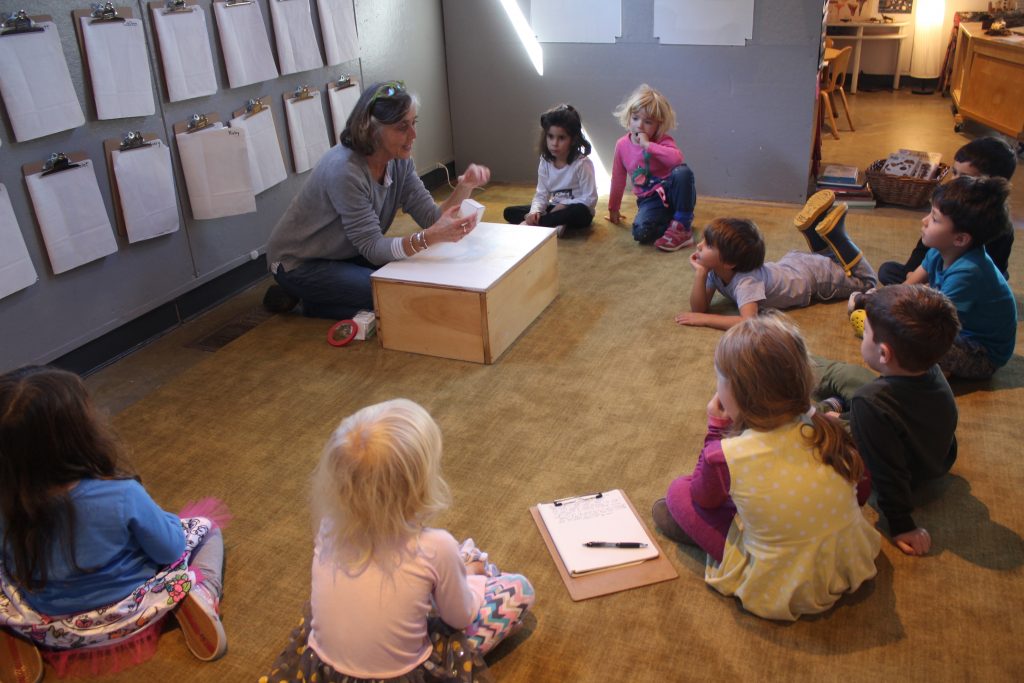
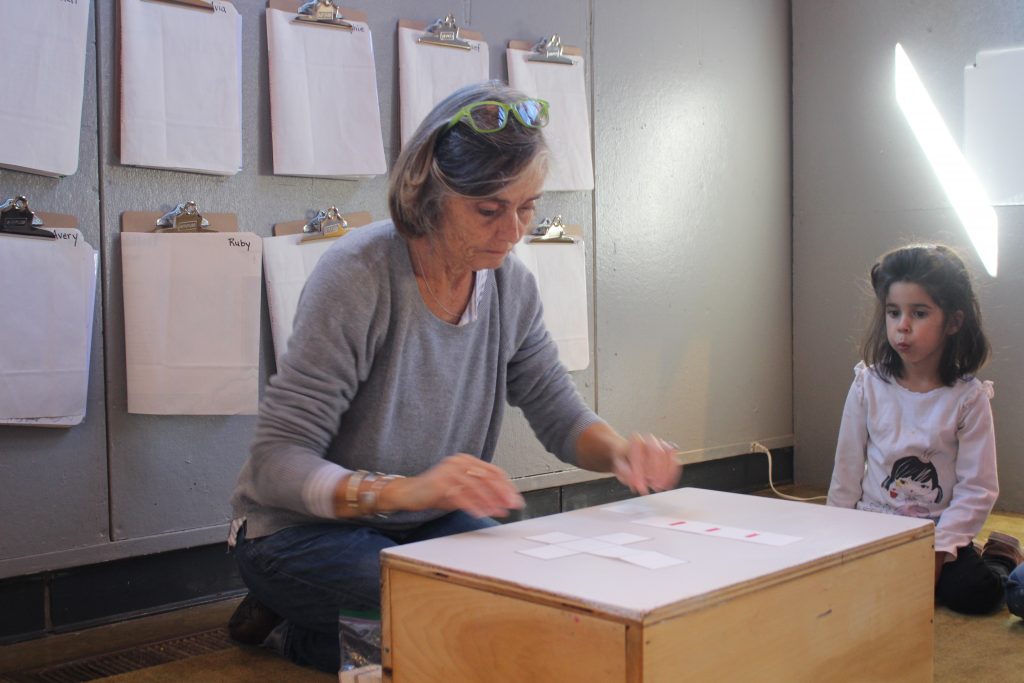
“Why are you taking it apart?” ELEANOR
“A box opened.” JOSEF
“Six sides.” SOPHIE
“One.” CHARLOTTE, counting the first side.
“Two.” Another child joins in.
“Three, four, five, six.” All the children count together as Lauri places the squares.
“You’re trying to make a square.” JOSEF
“Not the same.”
“It doesn’t have the cross.” CHARLOTTE, noticing Lauri is not yet finished.
“Here it goes again!” RUBY, seeing a pattern within the work.
“It doesn’t got the other side.” CHARLOTTE
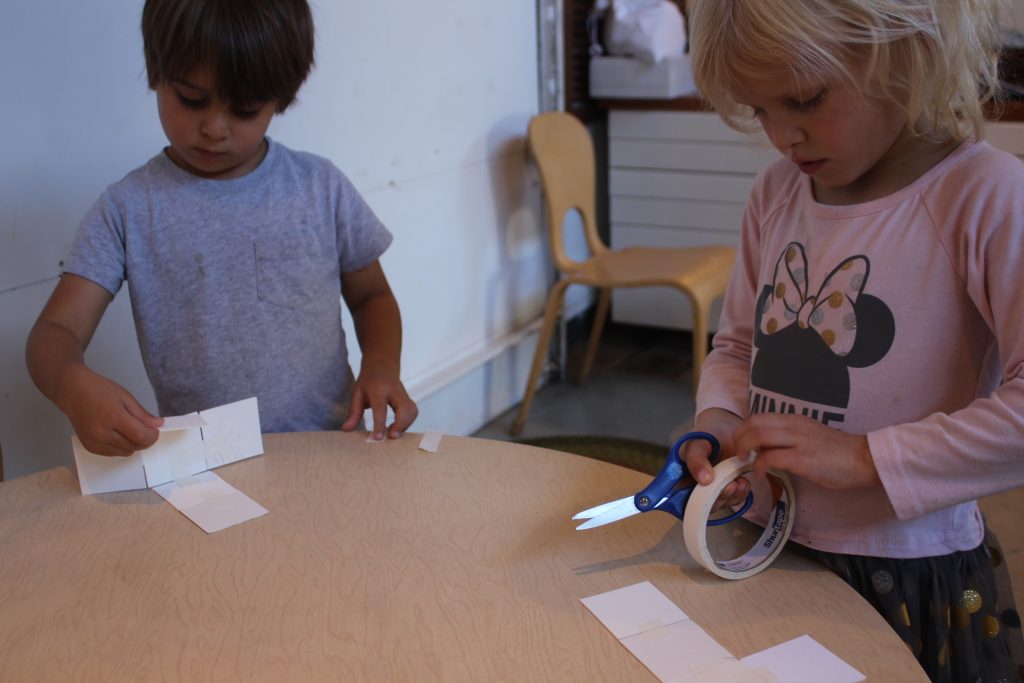
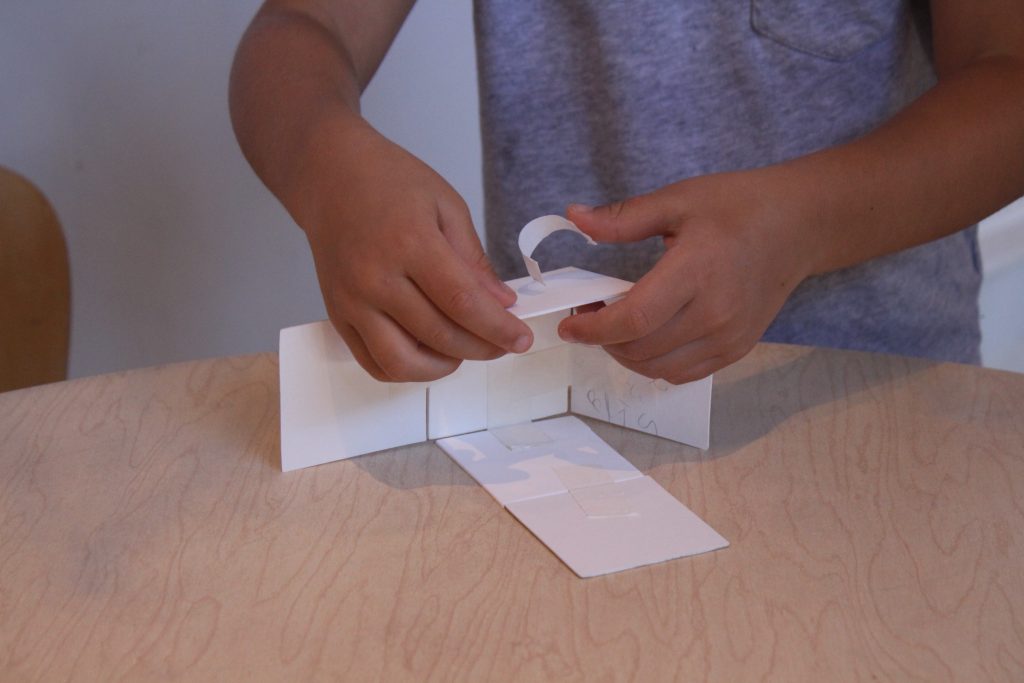
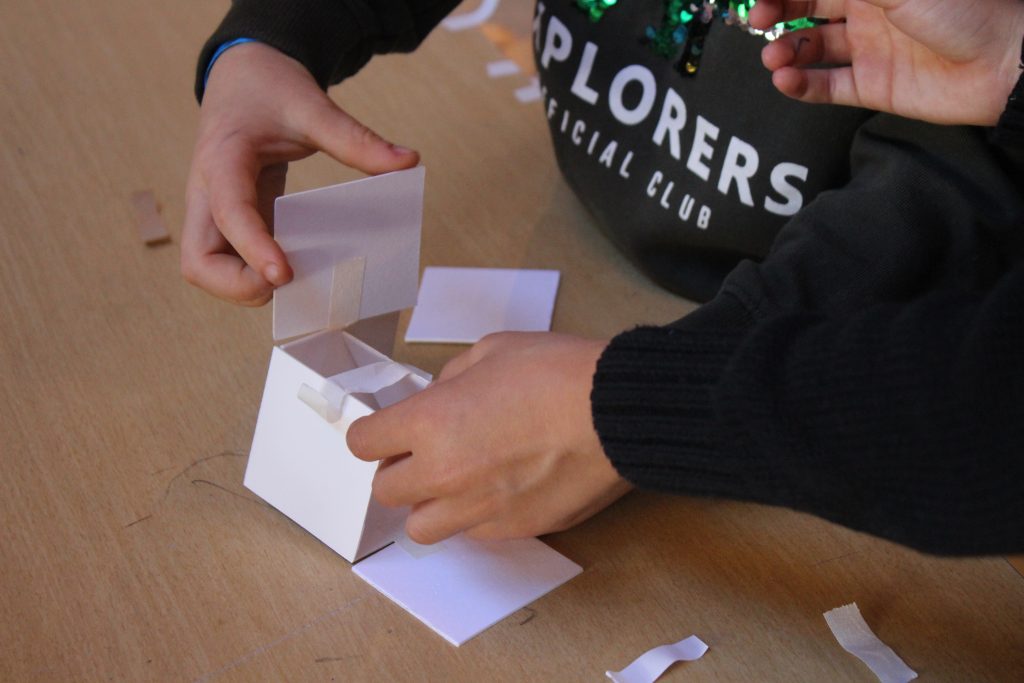
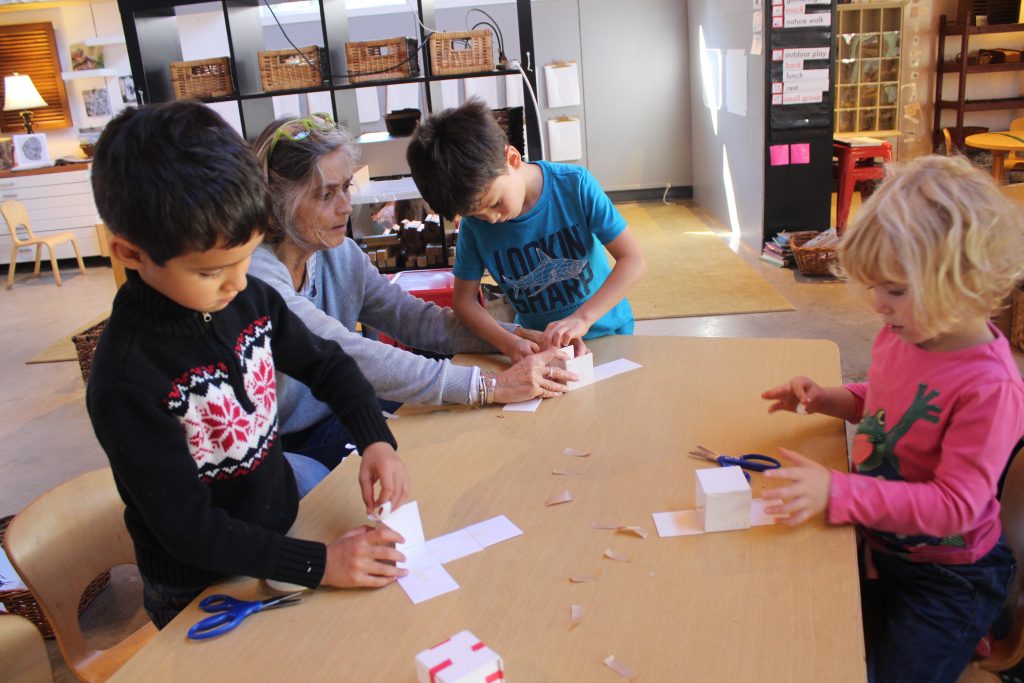
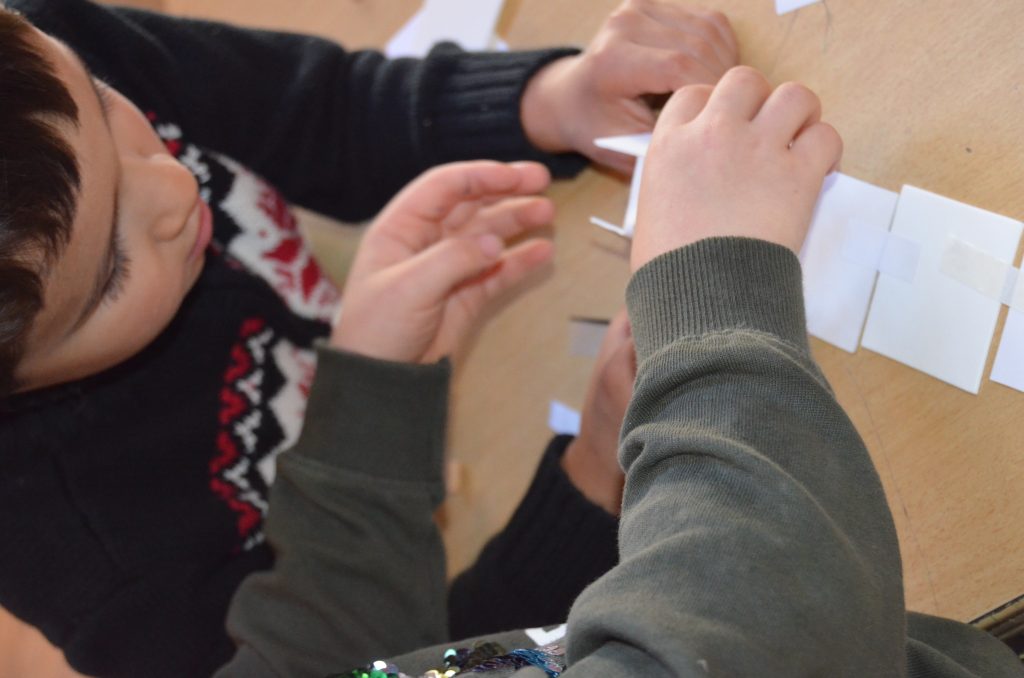
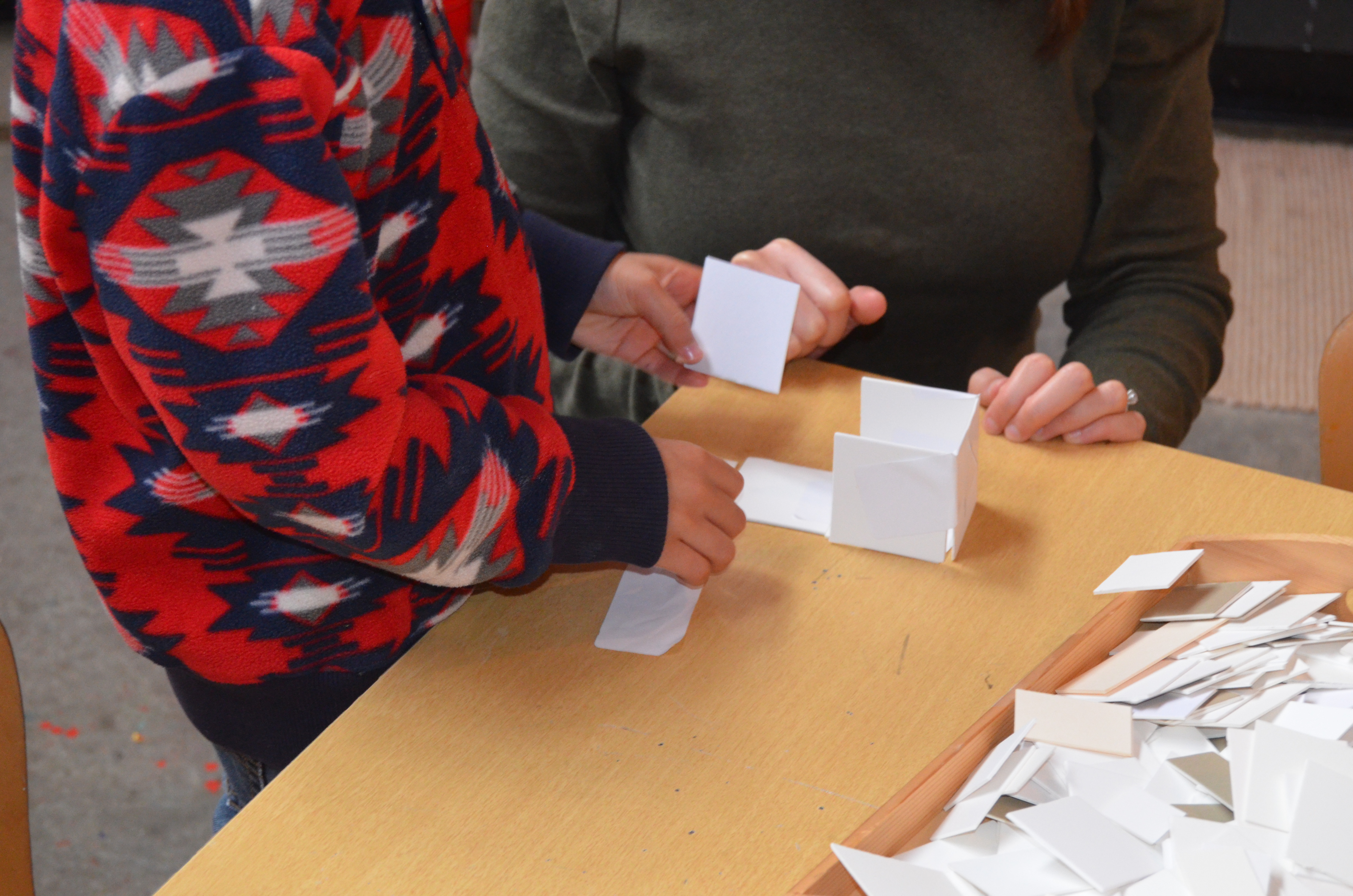
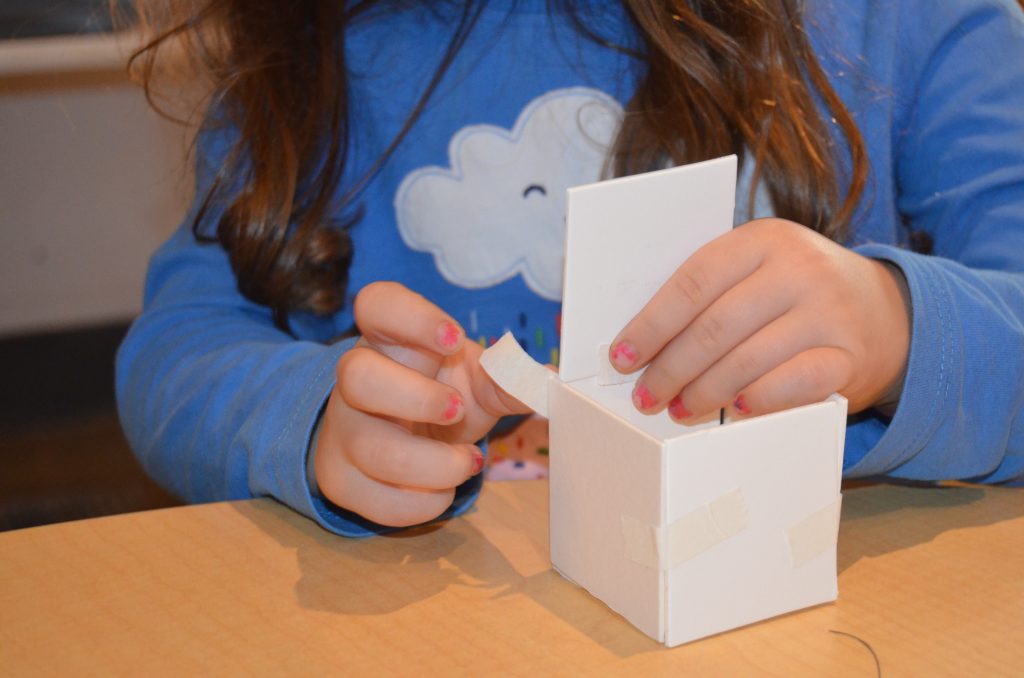
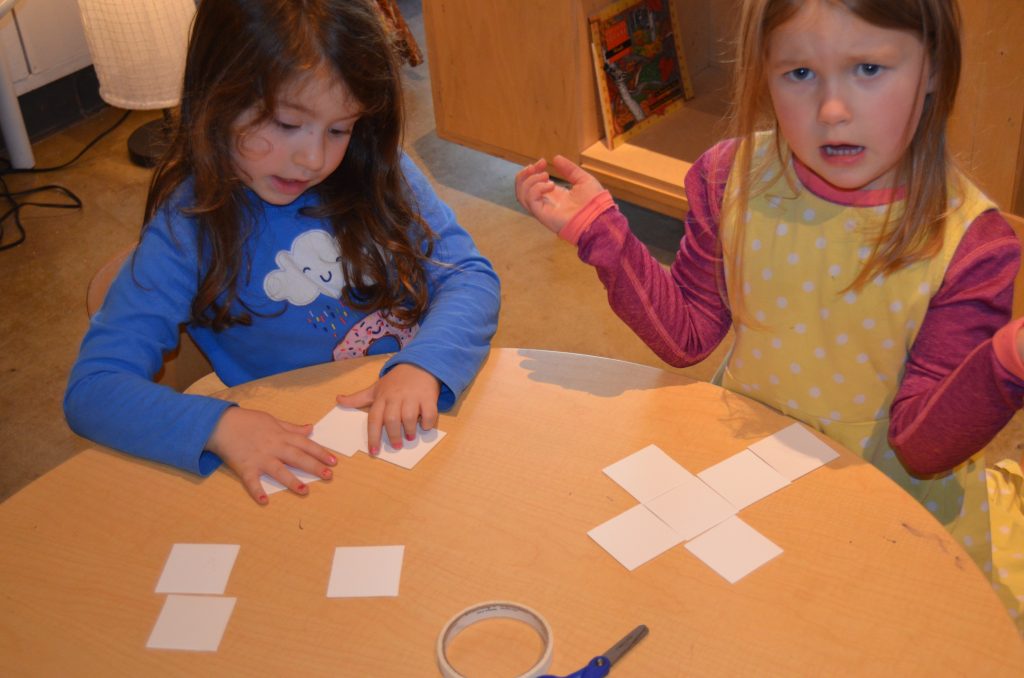
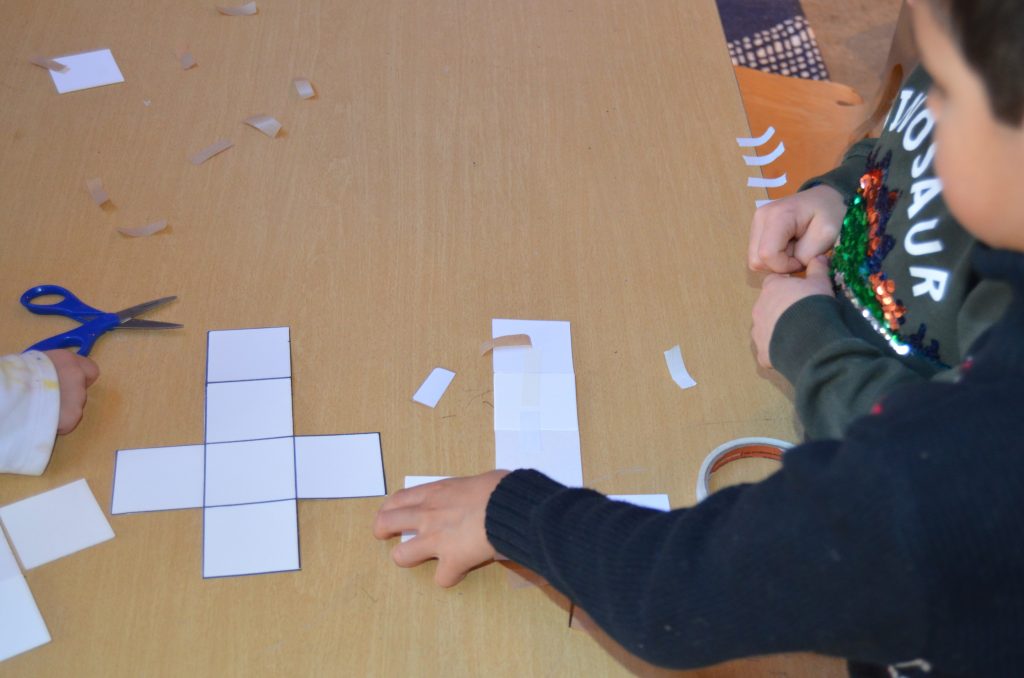
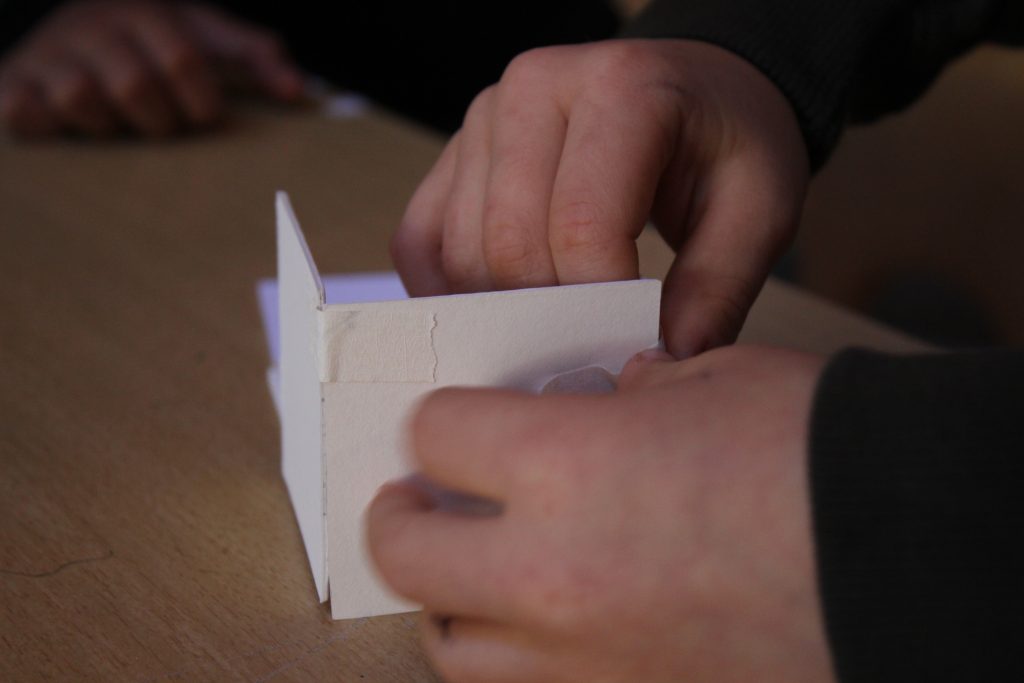
The following day, we invite these nine children to challenge and extend their own learning as well as the learning of their peers by teaching others their processes. While they use the same materials, they each find their own "tricks" or strategies to help them find success!
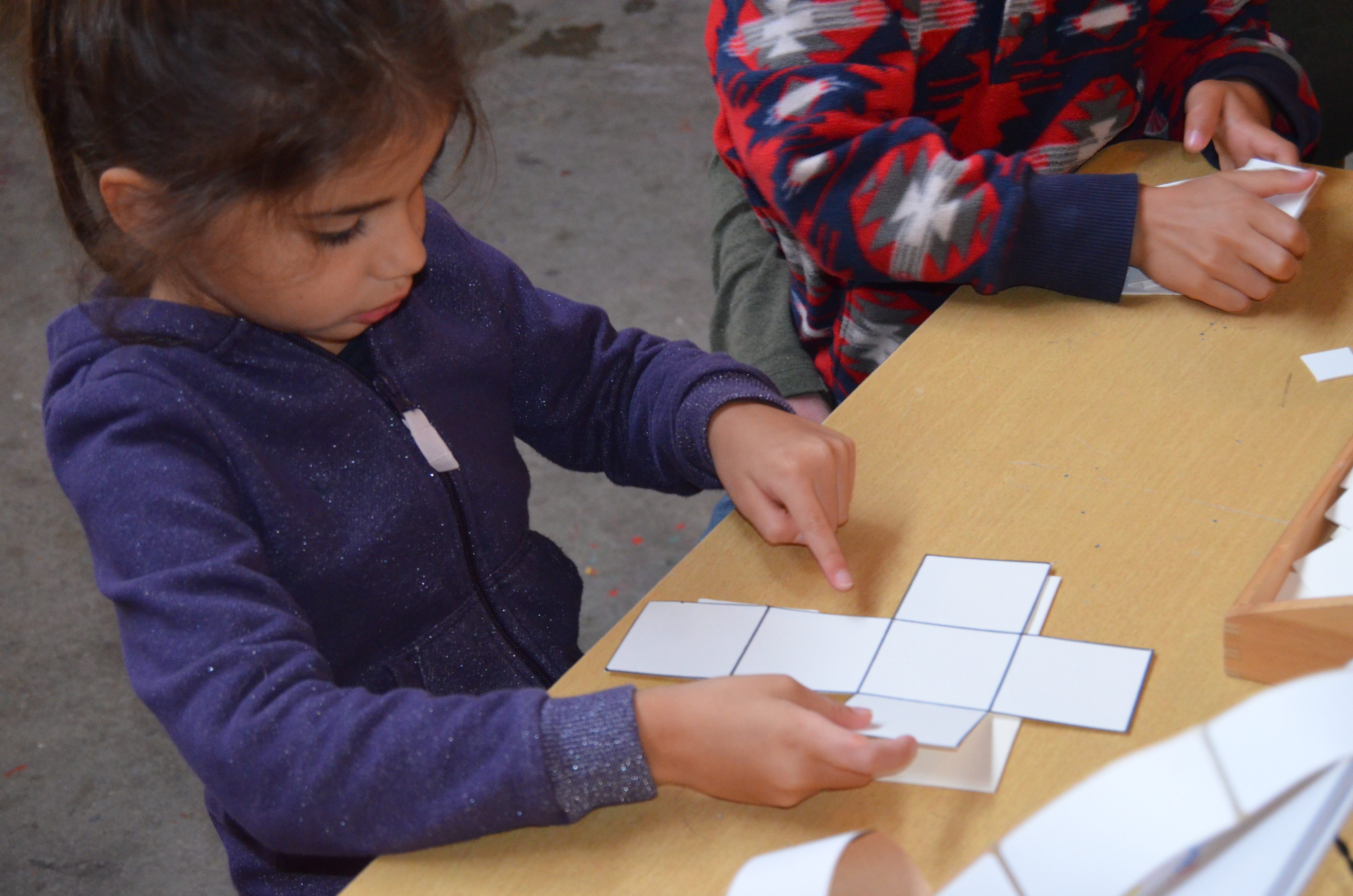
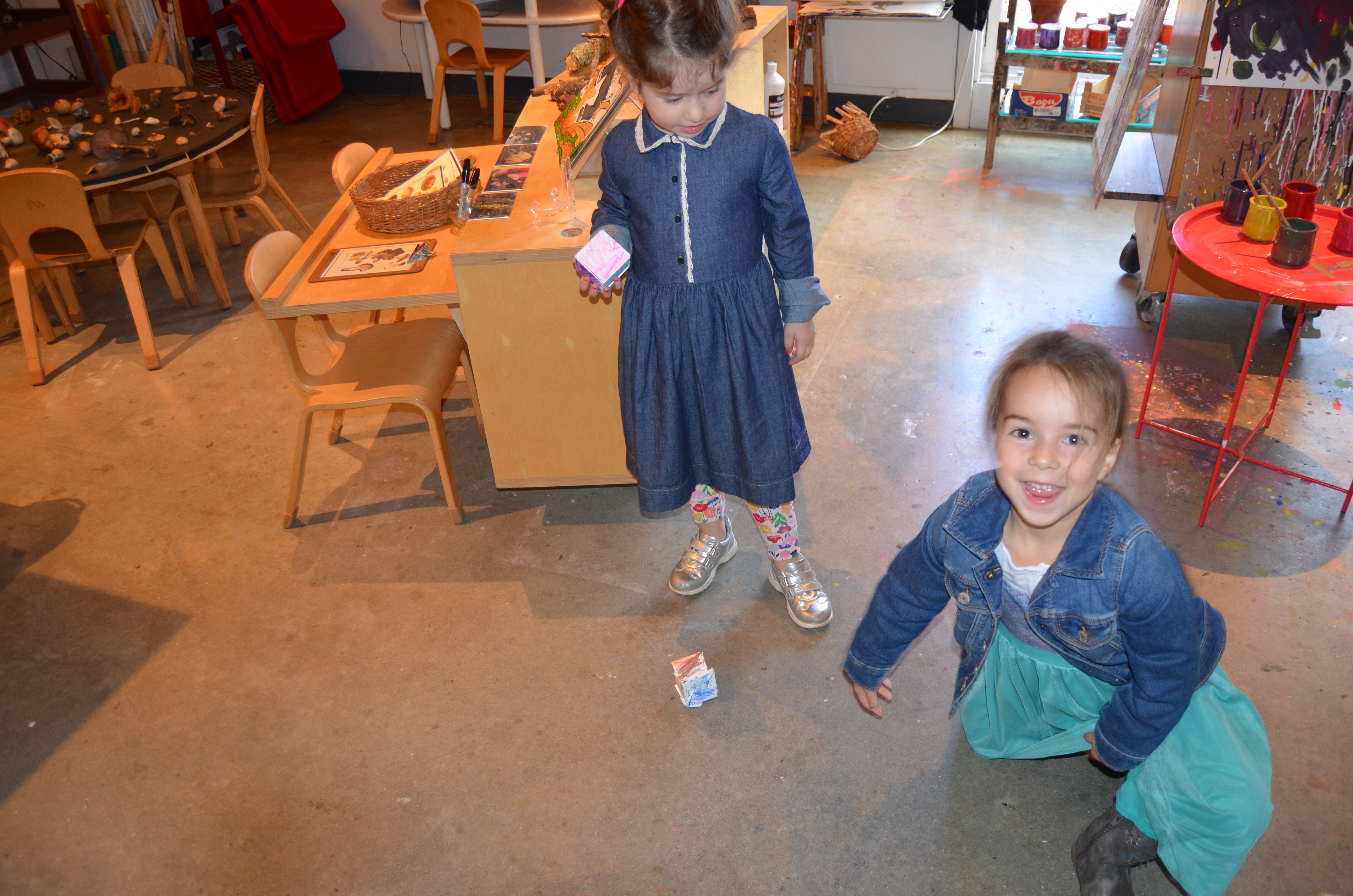
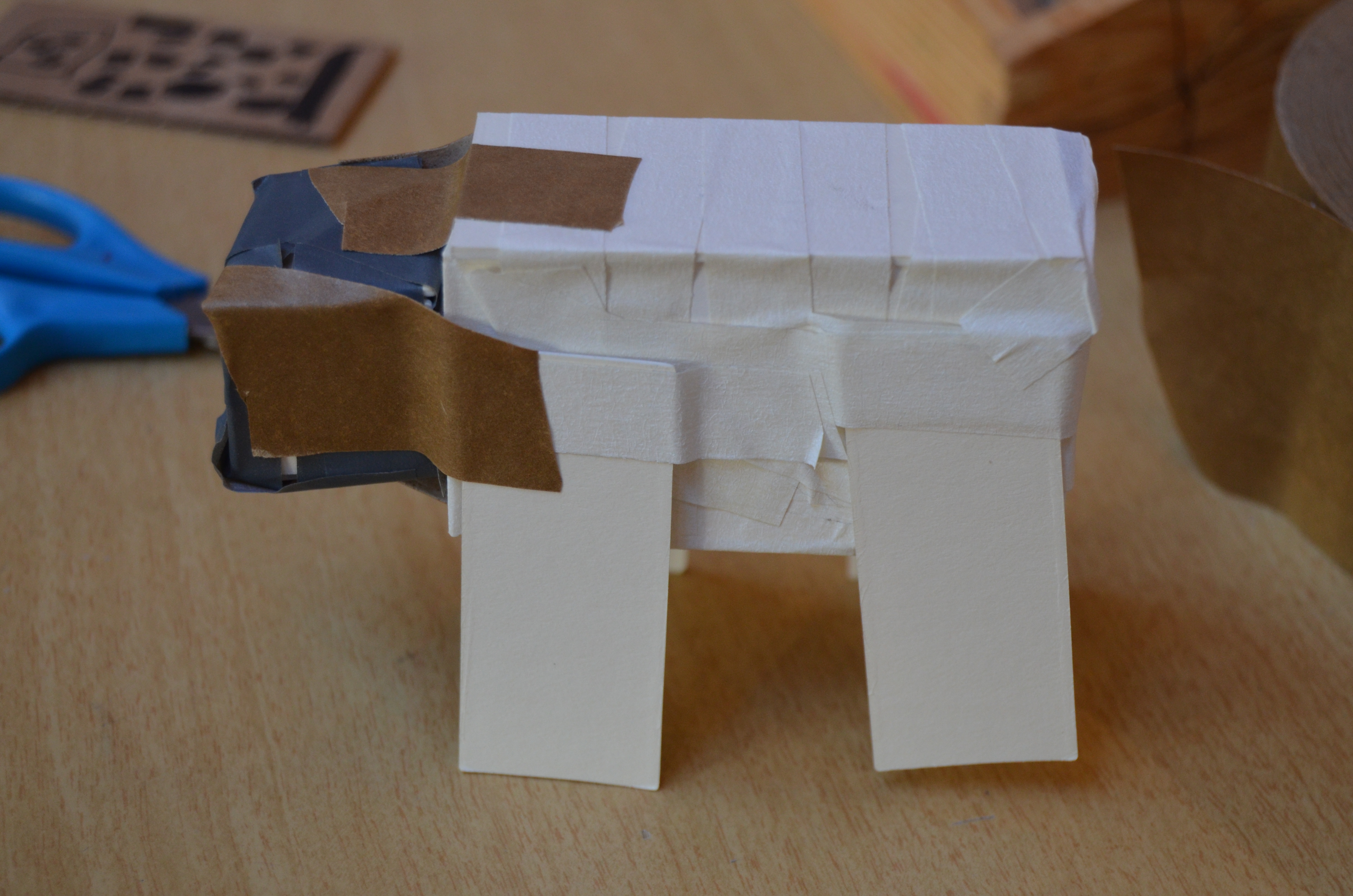
“See, you have to do this.”
“I think it does match. I think I need tape.” AVIA
“How do you make a cube?” AVERY
“I would call it mountain, cuz of [the bumps].” ELLIOTT, following the edge of his misshapen cube with his finger.
And again, in the afternoon, the smaller group of nine reflect on what they have discovered and how this learning could be shared back in a different way. Using numbers, letters, and drawings we create a book of instructions. Here is a sneak peak! Please come into our studio and invite a child to read it with you.
